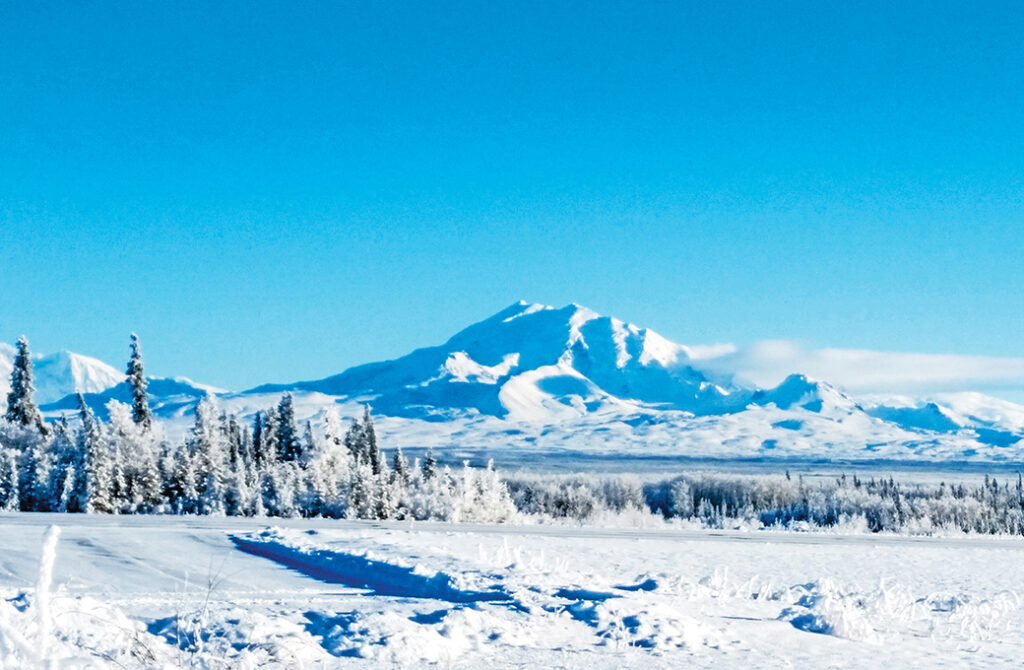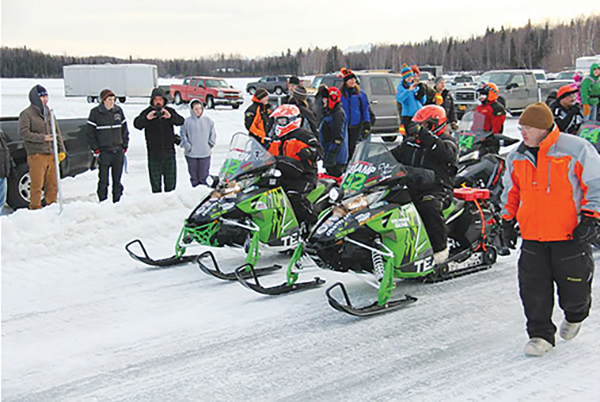By Kim Kisner, Contributing Writer
For more than a decade, Dieter Strobel has been chasing something most people can’t imagine: 2,500 miles of snowmobile racing across Alaska’s brutal, unforgiving wilderness. The Iron Dog is billed as the world’s toughest snowmobile race for good reason. It’s not just the distance — it’s the deep cold, the open water, the moguls and river ice, the relentless pounding on body and machine. For Strobel, the race has been less about glory and more about survival, perseverance, and one simple mission: to finish.
“I didn’t want to be defeated,” he says. “You can’t go out that way. I had to finish this race.”
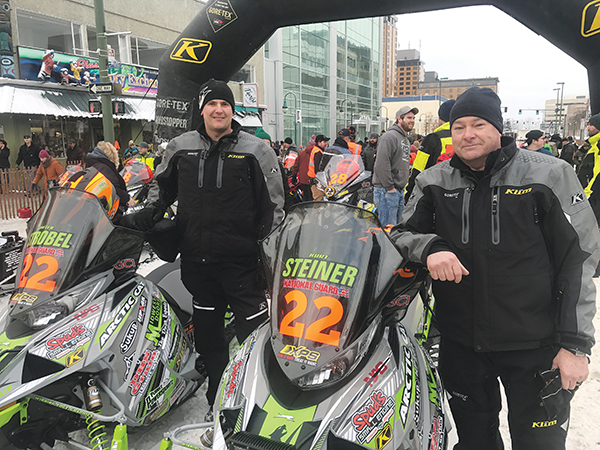
Strobel, who hails from Minnesota, first entered the Iron Dog in 2014, invited by Randy Gravatt of Idaho to run the Trail Class. ANDY AND 6 GUYS TRAIL That first year was about learning the course — 1,000 miles of remote Alaskan terrain. He returned the next year with a team of seven riders from Bismarck and Idaho, riding the Trail Class again. The ride wasn’t smooth. “My shocks went out after the start and I rode the first 800 miles with no shocks. I blew my knee out,” Strobel recalls.
But the hardship didn’t scare him off — it hooked him. When Gravatt asked if he wanted to step up to the Pro Class in 2015, Strobel didn’t hesitate. That year, the race tested him in ways he never expected.
Into the Water
The 2015 Iron Dog is burned into Strobel’s memory — and almost cost him his life. Temperatures were unusually warm, with little snow and open water crossings everywhere. After a grueling 23 hours just to reach the first layover, Strobel and his partner found themselves at Golovin where the tide had come in. In the middle of the night, with no warning, their sleds went into the bay.
“My life flashed before my eyes,” he says. “I truly thought we weren’t going to live. We hit bottom with water up to our chins.”
They clawed their way onto the ice, soaked and freezing, until a villager came looking for them after they missed the next checkpoint. Hours later, as they regrouped in the village, a woman spotted their sleds with binoculars — the tide had gone out and the machines were sitting in two inches of water. They managed to recover the sleds, get them running, and limp into Nome, the halfway point.
It was a miracle they made it that far. But not the finish.
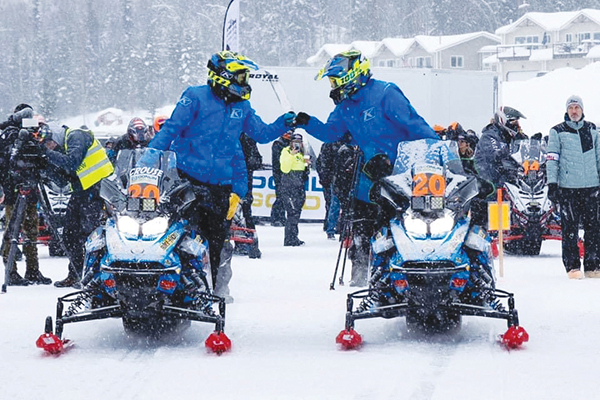
The Near Misses
The following years brought more heartbreak. In 2016, racing with local buddy Mike Talkamp, the duo blew up three motors in the first 1,000 miles. “We had to call it quits,” Strobel says.
In 2017, another run ended in bitter cold. His partner’s sled overheated, a stud puncturing the cooler and draining antifreeze. They took a layover and repaired it. By the time they reached Galena, Strobel’s partner had blackened fingers and thumb. He was air lifted to a hospital and the race was clearly over for them.
Then, in 2018, Strobel partnered with Anchorage native Geoff Crouse. For the first time, everything seemed to click. “We ran the first part of the race clean. We got to Nome in 10th place,” he recalls. Then a sandbar in the ice sent his sled cartwheeling. They kept pushing, finishing eighth overall. Their time — just over 40 hours — had been good enough to win in other years. “We were only two hours out of first place,” Strobel says. “We ran clean. I was happy.”
It felt like a breakthrough, but then injury sidelined him in 2019 when he fractured his back training for the I-500.
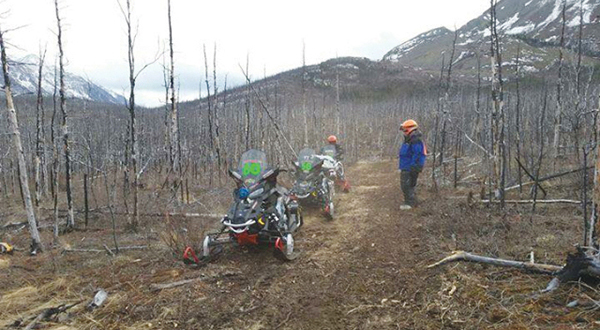
In 2023, Strobel came back again. Riding a Ski-Doo, he and his partner Geoff Crouse trained in December on deep, unbroken snow, logging 700 miles on the first part of the course. When race day came, he was pulled to start first — but chose to let a few teams go ahead.
Even so, disaster struck early. On the starting line, Strobel’s kill switch got bumped. “The sled died. I got it started again but had no gauge, no handwarmers, nothing. The sled ran but it was dead — no speedometer, short power, bad power valves.”
Still, they pressed on. By the time they reached Nome, they were sitting in 12th place.The machine wasn’t right, but they refused to quit. Mile after mile, through terrain Strobel describes as unlike anywhere else in the world, they held on.
“Days when you’re going 30 miles an hour and the holes are four feet deep — you’re doing that all day long,” he says. “There’s one section that’s 99 miles of the most miserable thing you’ve ever seen. Moguls, trees, holes. Hardest three hours I ever rode.”
This time, they made it. Strobel crossed the finish in 11th place.
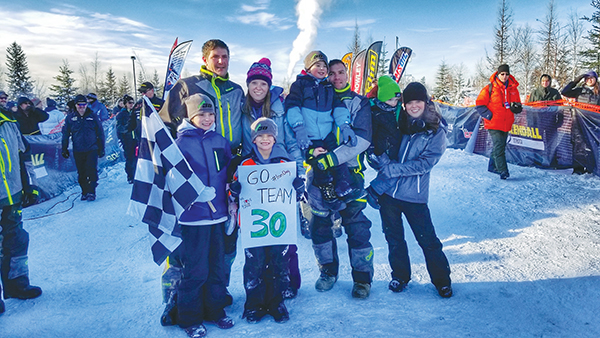
What Makes the Iron Dog Different
“I’ve been all over — Cooke City, Idaho, Wyoming — and you cannot duplicate the Iron Dog,” Strobel says. “It’s impossible. The terrain, the riders — they’re the best in the world. I’d put everything I own on Iron Dog racers to win anywhere.”
He describes one section on the Yukon River at -56˚. Another across ocean ice with ice heaves the size of sheds. Another through endless moguls where you stand on the sled for hours. “It humbles you,” he says. “Especially for people coming up from the Lower 48.”
The race is not just physical but mental. “The first day, you push through on adrenaline. The second day is brutal. McGrath to Galena, the Yukon River, the ocean ice — it’s so demanding. You get humbled fast.”
So why does he keep coming back?
“The second time I ran the pro, it was about unfinished business. “Most of the riders were shocked after I went into the water in 2015 and then came back,” he says. “They thought they’d never see me again, but I didn’t want to be defeated after my first pro run. You can’t end it that way,” he says.
After he finally crossed that finish line, it became somewhat of an addiction.
Every year is different, he adds. “I’ve seen smooth snow, I’ve seen brutal. But I have to come back.”
Now, Strobel has clearly proven he can endure what once nearly killed him. Still, he doesn’t rule out one more attempt — this time with his 15-year-old son, a fast rider who may someday take up the challenge himself.
Until then, Strobel carries the lessons with him. “You learn to stay calm when things break. You train harder than you think possible. And you realize — you don’t quit. You finish.” •

